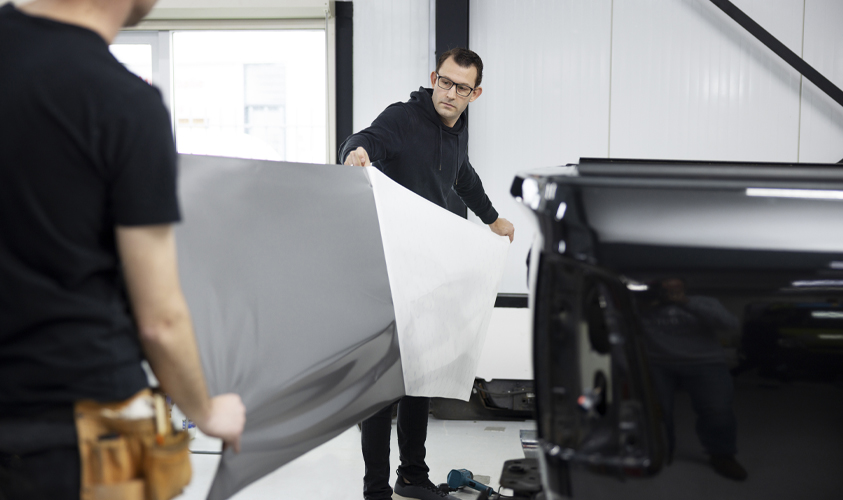
Explore the transformative impact of the latest print technologies, positioning them as tools that empower businesses to elevate their print materials. Discuss how these advancements align with broader trends such as personalization and sustainability.
As technology continues to advance, the print industry is undergoing a transformative revolution, embracing innovative solutions that enhance print quality, efficiency, and sustainability. Here are the latest developments in print technology that are reshaping the landscape:
UV Printing:
UV printing has emerged as a game-changer, offering vibrant and durable prints. The process involves curing inks with ultraviolet light, resulting in faster drying times and the ability to print on a variety of materials, including plastics and metals.
This technology enhances color saturation and provides a glossy finish, making it ideal for projects where visual impact is paramount. Additionally, UV printing contributes to sustainability efforts by reducing waste and energy consumption.
Variable Data Printing:
Variable data printing (VDP) introduces an unprecedented level of personalization to print materials. By incorporating customer-specific information seamlessly into each printed piece, businesses can create targeted and engaging campaigns.
VDP is particularly effective in direct mail, allowing for the customization of content, images, and even promotional offers based on individual recipient data. This approach significantly enhances customer engagement and response rates.
3D Printing:
The integration of 3D printing technology into the print industry opens new possibilities for creating tactile and visually stunning printed products. This method allows for the production of intricate and customized three-dimensional objects with precision.
In the realm of marketing and promotional materials, 3D printing enables the creation of unique and attention-grabbing items, from textured business cards to elaborate product prototypes.
Augmented Reality (AR) Printing:
Augmented Reality is bridging the gap between the digital and physical worlds. AR printing integrates interactive digital content into printed materials, unlocking immersive experiences for users.
By scanning printed materials with a mobile device, users can access additional information, videos, or interactive elements, enhancing engagement and providing a dynamic, multimedia dimension to traditional print.
Eco-Friendly Printing Solutions:
The print industry is increasingly focusing on sustainability, with eco-friendly printing solutions gaining prominence. Vegetable-based inks, recycled paper options, and energy-efficient printing processes contribute to reducing the environmental impact of print production.
Print businesses are adopting practices such as using soy-based inks and implementing energy-efficient equipment to align with growing environmental consciousness.
These advancements collectively mark a paradigm shift in print technology, offering businesses more options to elevate the quality, personalization, and sustainability of their printed materials. As the industry continues to evolve, these innovations empower businesses to create print materials that not only captivate their audience but also align with their environmental and technological goals.
Encourage businesses to adopt modern print technologies as a means of staying competitive and meeting evolving consumer expectations. Emphasize the potential for these technologies to drive not only print quality but also sustainability initiatives.

